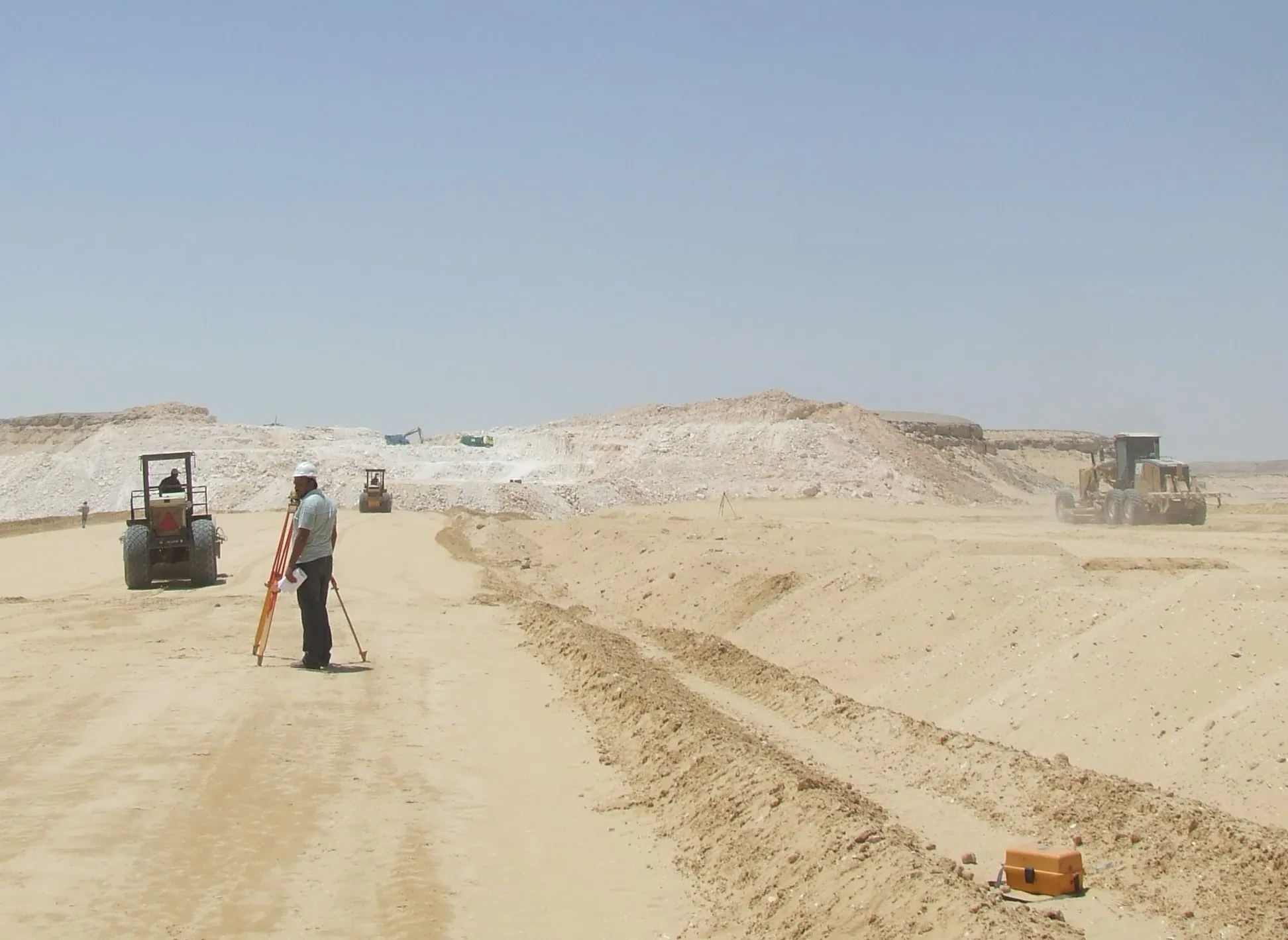Bancolombia has the largest involvement of all Colombia’s banks in the country’s 4G Road Programme after financial close of the Autopista Norte motorway project.
The bank has around US$390 million invested in four out of five 4G road development projects that have secured the necessary funding so far, according to a report in Portafolio, an on-line economic magazine.
The 145km Autopista Norte route connects the Caribbean port of Cartagena to the capital Bogota by way of the Ruta del Sol motorway, a 1,
August 4, 2016
Read time: 2 mins
The bank has around US$390 million invested in four out of five 4G road development projects that have secured the necessary funding so far, according to a report in Portafolio, an on-line economic magazine.
The 145km Autopista Norte route connects the Caribbean port of Cartagena to the capital Bogota by way of the Ruta del Sol motorway, a 1,000km route that passes through the Antioquia department.
Bancolombia’s other road investments include the Pacifico III and Via Perimetral Oriental road projects as well as for the Concesion Costera Cartagena Barranquilla concession.
Meanwhile, the head of Colombia's National Road Institute,







